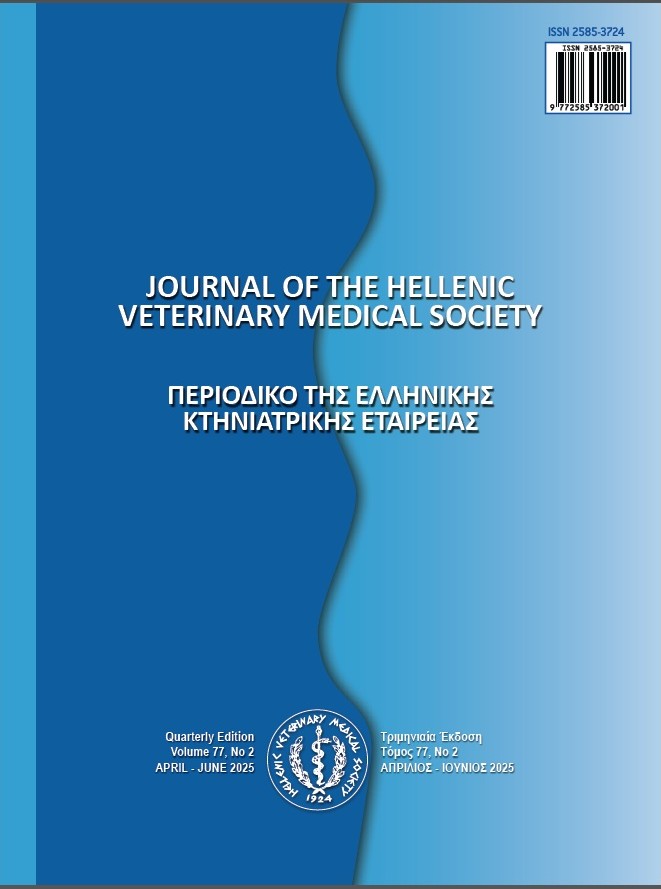Effect of Thermal Manipulations during Incubation on Hatching results and chick sex ratio of layer breeder eggs
Resumen
The study evaluated the effects of different setter temperature applications (TA) during early (3-6 days) and late (16-18 days) incubation periods on embryonic mortality, hatchability, chick quality, and male-female chick ratio of eggs from Atak-S (Trial 1) and Isa Tinted (Trial 2) parent stock flocks. Each trial used a total of 1050 fertile eggs, which were randomly divided into 5 experimental groups. Group 1 served as the control (CE) with standard incubation at an average temperature of 37.6°C (99.68 F) and 55% RH throughout the first 18 days of incubation (DOI). Group 2 (Early period low - EPL) experienced eggs were incubated at 36.6°C (97.88 F) and intermittent temperature increases to 36.8°C (98.24 F) and 37°C (98.60 F) at 3 and 6 DOI for 2 hours. Group 3 (Early period high - EPH) eggs were incubated at 38.1°C (100.58 F) and intermittent temperature increases to 38.3°C (100.94 F) and 38.5°C (101.30 F) at 3 and 6 DOI for 2 hours. Group 4 (Late period low - LPL) experienced eggs were incubated at 36.6°C and intermittent temperature increases to 36.8°C and 37°C at 16 and 18 DOI for 2 hours. Finally, group 5 (Late period high-LPH) eggs were incubated at 38.1°C and intermittent temperature increases to 38.3°C and 38.5°C at 16 and 18 DOI for 2 hours.
The results revealed significant effects of temperature treatments on hatch of fertility (HOF) and gender ratios among treatment groups in both trials (P<0.05). In Trial 1, all TA treatment groups exhibited a high female-chick ratio, with EPL-treated eggs having the highest female-chick rate (61.61%). In Trial 2, LPH-treated eggs showed the highest female-chick ratio (54.9%). All TA treatments improved chick quality, as determined by the Tona score (P<=0.001). Chicks hatched from LPL and LPH showed the highest Tona chick quality score in both trials.
In conclusion, exposing eggs to low temperatures during the early (EPL) (3 and 6 days) period or to high temperatures during the late (LPH) (16 and 18 days) period of incubation could effectively increase female chick rates at hatch due to an increase in embryonic male mortality.
Article Details
- Cómo citar
-
Asker, G., Hamissou Maman, A., & Yildirim, İ. (2025). Effect of Thermal Manipulations during Incubation on Hatching results and chick sex ratio of layer breeder eggs. Journal of the Hellenic Veterinary Medical Society, 76(2), 9409–9418. https://doi.org/10.12681/jhvms.35227
- Número
- Vol. 76 Núm. 2 (2025)
- Sección
- Research Articles

Esta obra está bajo una licencia internacional Creative Commons Atribución-NoComercial 4.0.
Authors who publish with this journal agree to the following terms:
· Authors retain copyright and grant the journal right of first publication with the work simultaneously licensed under a Creative Commons Attribution Non-Commercial License that allows others to share the work with an acknowledgement of the work's authorship and initial publication in this journal.
· Authors are able to enter into separate, additional contractual arrangements for the non-exclusive distribution of the journal's published version of the work (e.g. post it to an institutional repository or publish it in a book), with an acknowledgement of its initial publication in this journal.
· Authors are permitted and encouraged to post their work online (preferably in institutional repositories or on their website) prior to and during the submission process, as it can lead to productive exchanges, as well as earlier and greater citation of published work.



